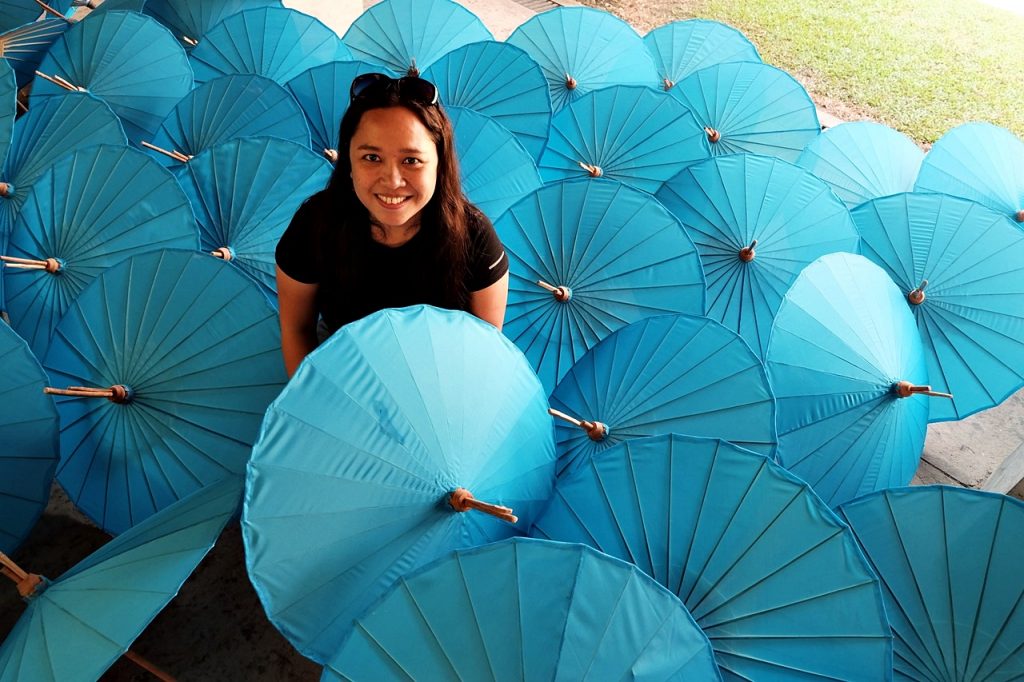
This website uses cookies so that we can provide you with the best user experience possible. Cookie information is stored in your browser and performs functions such as recognising you when you return to our website and helping our team to understand which sections of the website you find most interesting and useful.
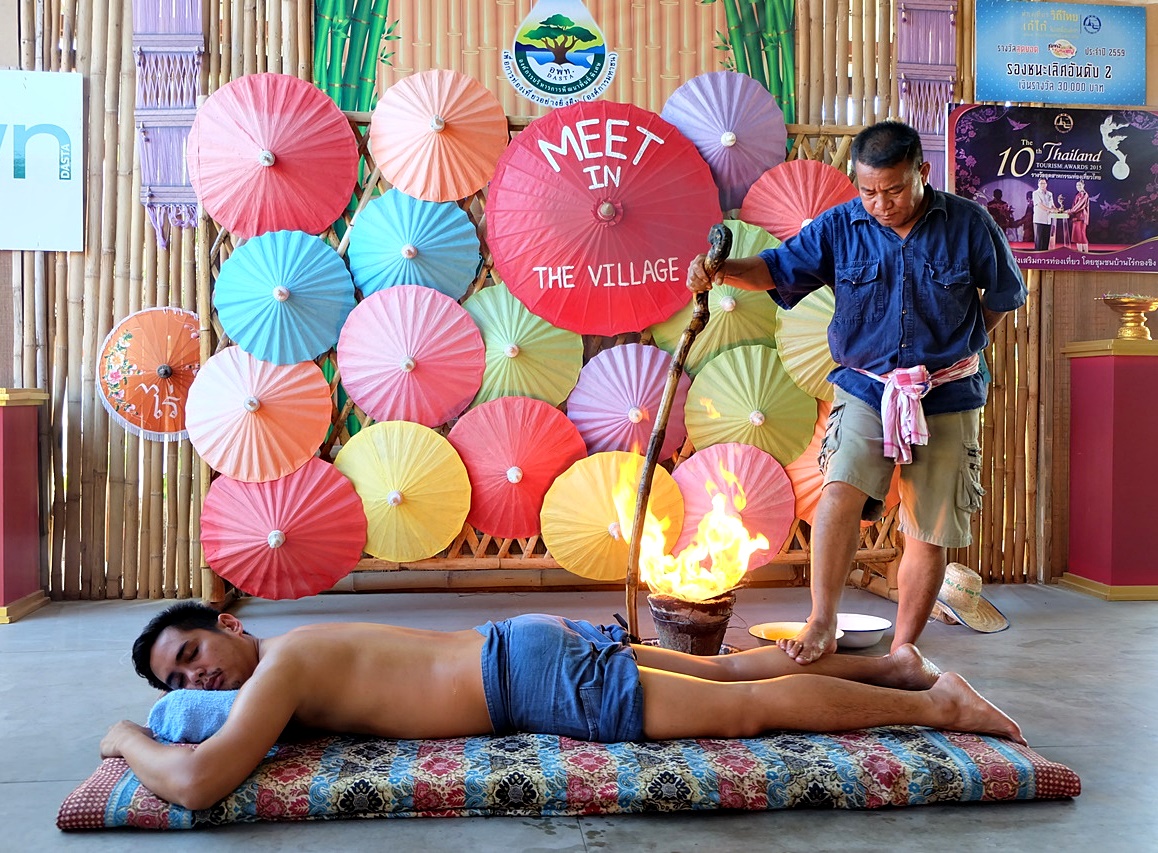
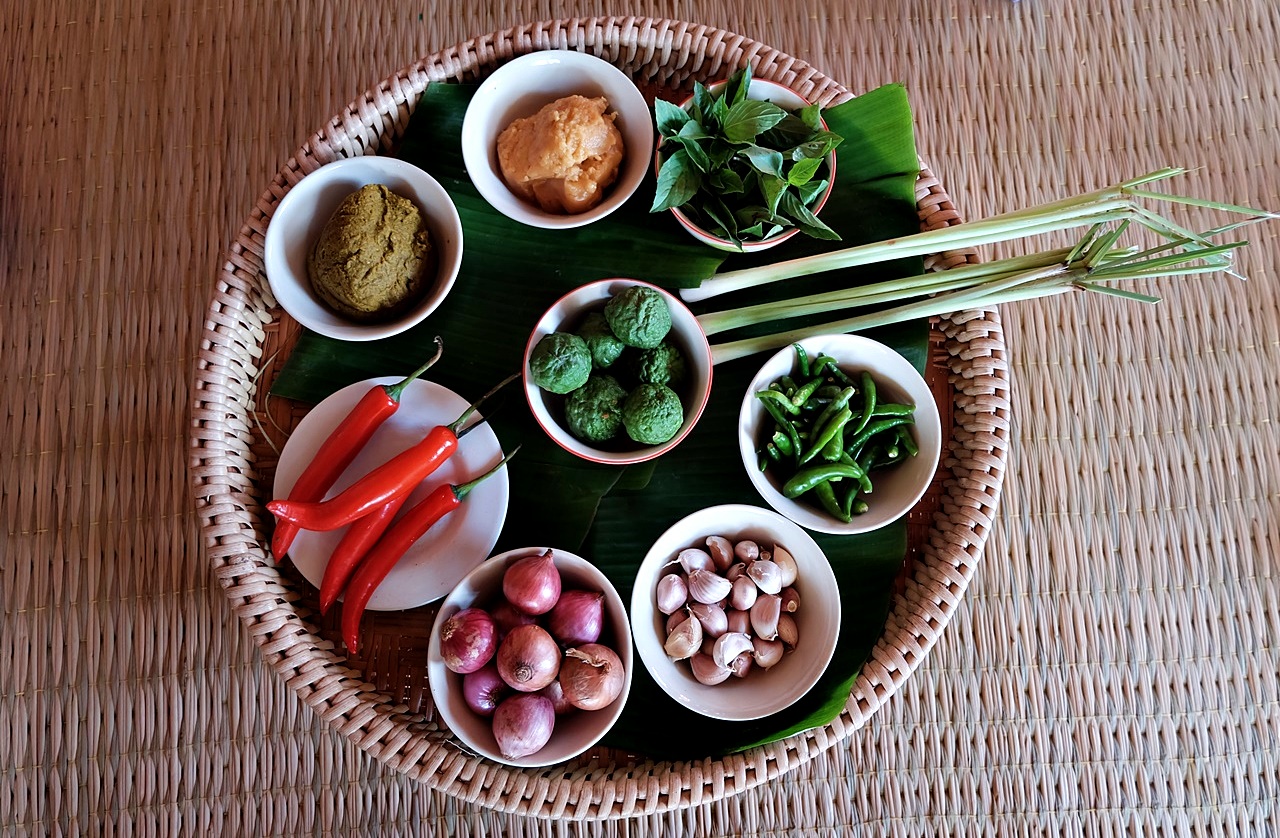

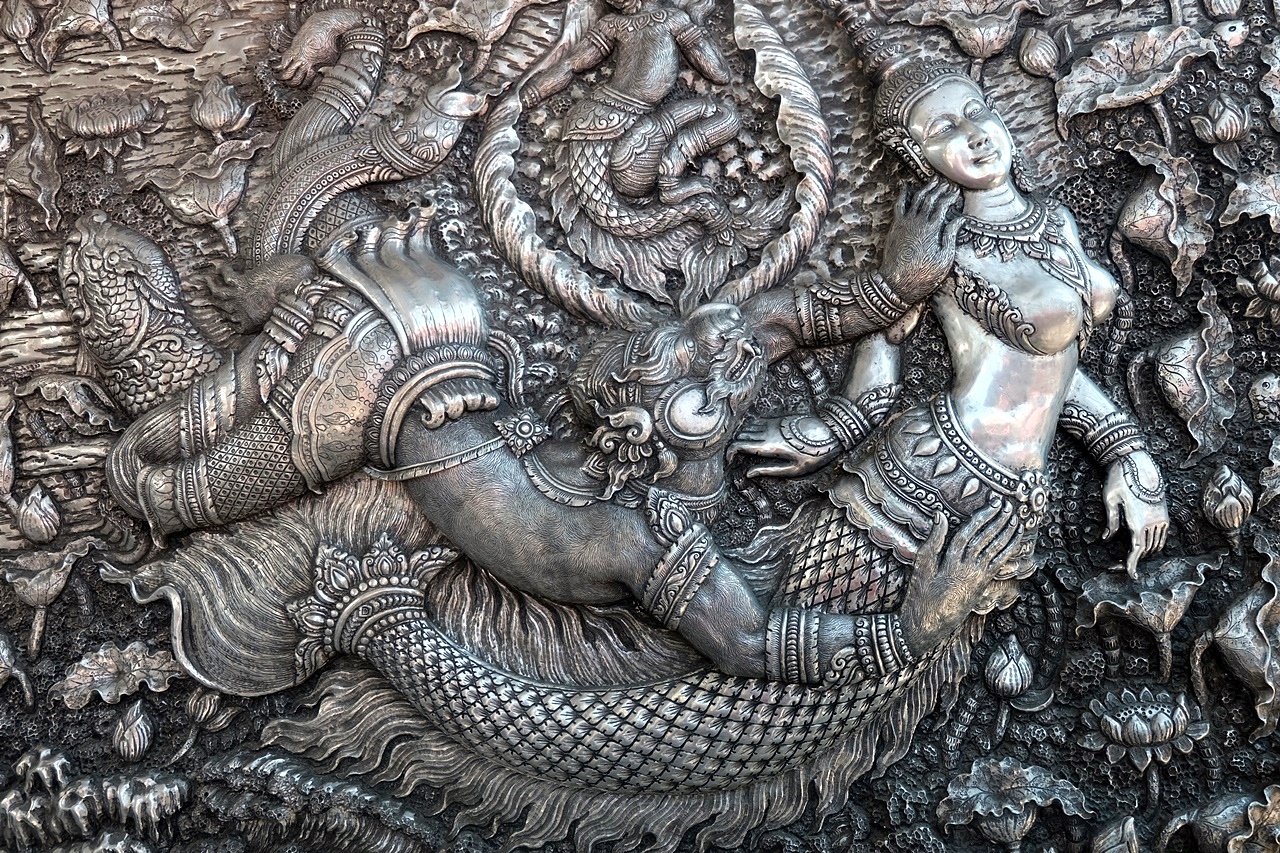

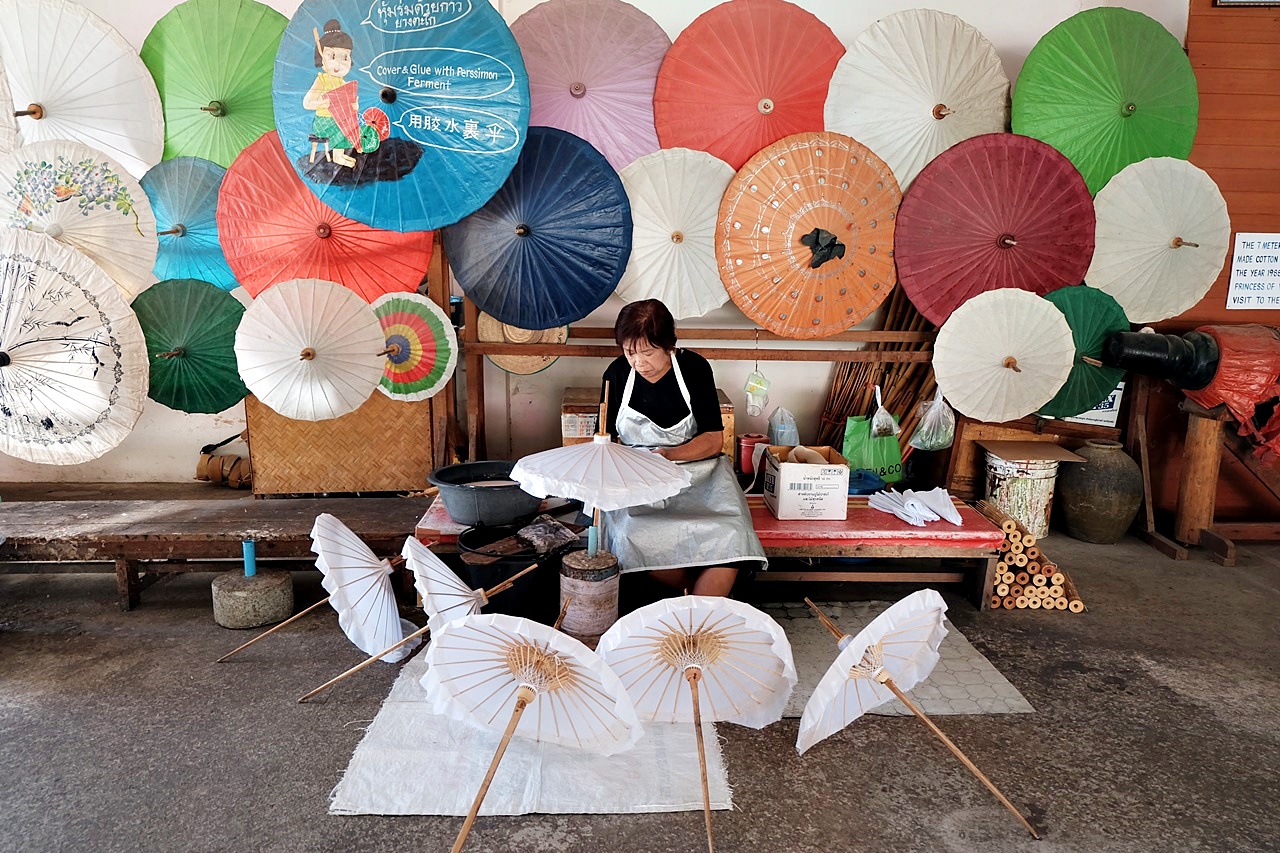

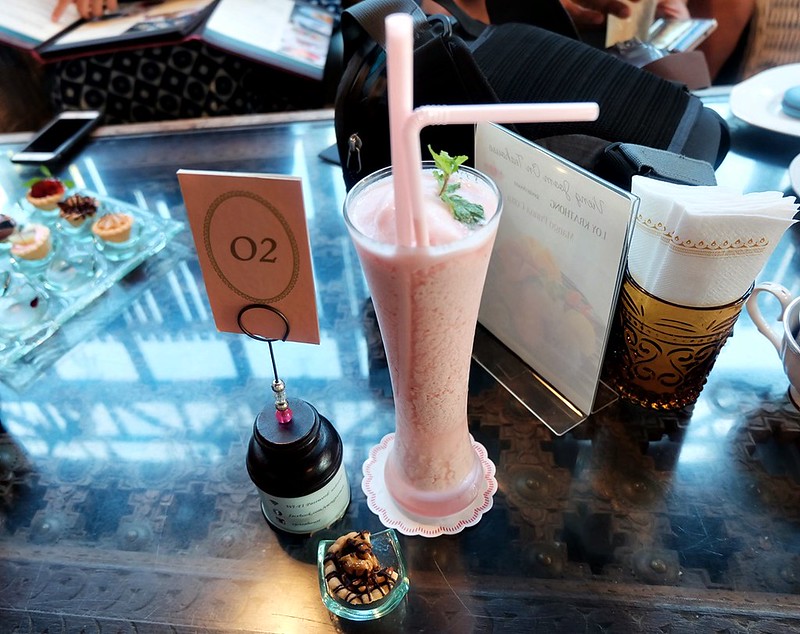
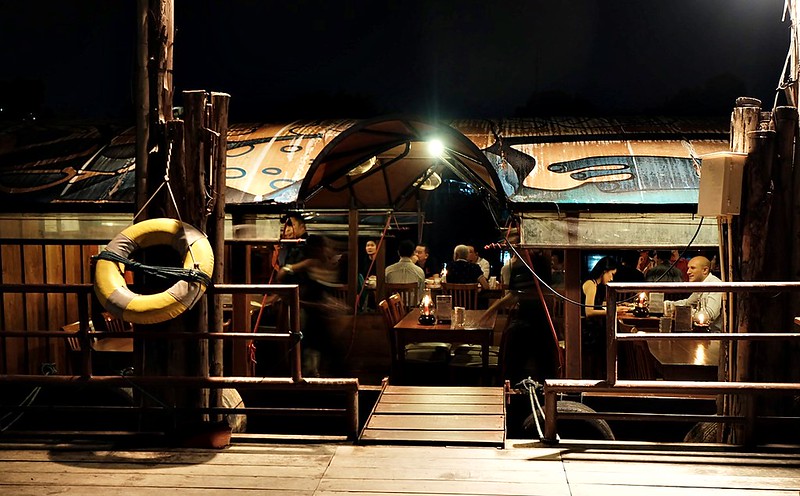


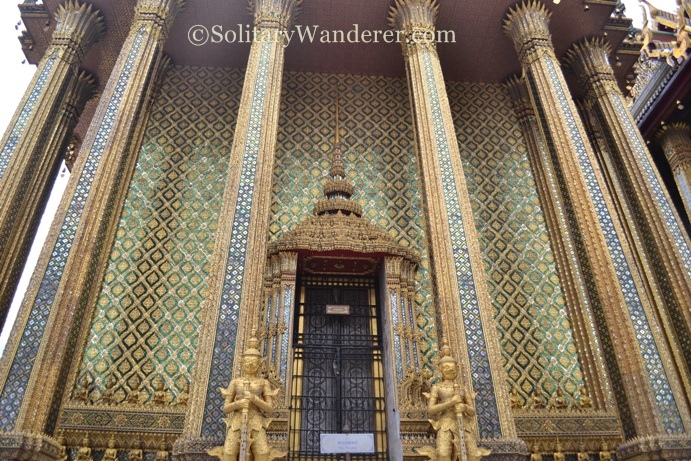
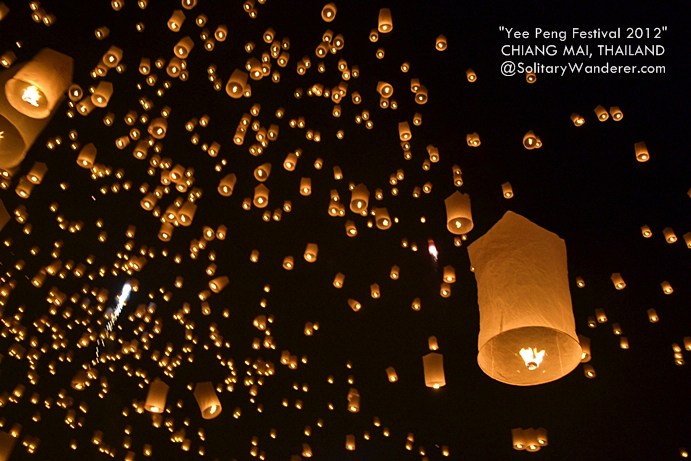


14 Comments. Leave new
Thanks for giving me future ideas! 🙂
I never knew there is so much more to see and do in Chiang Mai apart from visiting the famous temples. The fire massage looks quite relaxing and different. Cruising too sounds like a great option. I am going to bookmark your post to explore the rest while visiting Chiang Mai. Thanks for sharing
Thanks for the great article! I’d love to go to Thailand but I think SE Asia makes me a little nervous! Does it feel safe to visit?
My recommendation: If you feel nervous, don’t come. No it’s not sarcasm. Really mean it. What’s the benefit of you to go somewhere with your worrying all the time you are there? Plus it’s waste the time of the locals since they have to take care of your worrying.
Stay home or go to any places you fell save is better suit for you.
BTW Some of the toursist risk themself to accident while travelling in SE Asia because they don’t care about what will happen or what the locals would feels, yet they blame the locals. For example Mr. Sam the Vegan below.
or some tourist who think they can do whatever they want.
Just two samples. There are tons of people like them. Hope you are not.
Chiang Mai looks super relaxing, especially with those fire massages! I’m always a fan of visiting markets and watching the silversmiths work looks like a rare experience. i’ll have to save this list!
Thanks for the great recommendations. I’ll have to make sure to check some of these out of I’m ever in the area. The fire massage definitely sounds like a unique experience! I would also love to check out the Wat Sri Suphan. I have a few blacksmiths near me and I always love watching them work. It would be cool to see these guys in action!
I really wanna go to Chiang Mai after my first visit to Thailand – although mostly my interest stemmed from Yi Peng Festival and Loi Krathong, that fire therapy is something I would definitely try out!
While I saw a few of these places, it’s almost embarassing how many I didn’t know about, considering I just finished living in Chiang Mai for three months. Now you make me want to go back, not that I didn’t already. I would love to try that fire massage, since I’m a Thai masseur myself, and I’ll need to get a tea at Vieng Joom On the next time I’m there. Thanks a lot for this post!
I love your list of attractions. We always heard that we had to come to Chiang Mai so we went. We ended up staying in the old town area, withing the ancient city walls and quickly ran out of things to do in the area too. It was towards the end of the trip so we weren’t always trying as hard as perhaps we should. From your article, it looks like there are some beautiful places that look fun. It’s a good set of suggestions so you don’ fall into the trap of staying within the ancient city walls and hoping something fun comes up to find you.
I love gardening and especially learning about successful ways to organic garden without using chemicals, I bet the food tastes incredible without all the rubbish in them. Sign me up for that hands-on cooking class, being a chef by trade it is always good to have an understanding of local dishes, even simple dishes like green curry. Many dishes on my menus in Australia would include methods I’ve learned from cooking classes when I travel. Also… Coconut pumpkin bread is the GOODS huh?
Very cool, I’ve only done two of these fun things in Chiang Mai, I’ll definitely have to try the rest since these are right up my alley of different when visiting a location.
I’d love to try that fire massage. I’ve never heard of it before, but looks like fun…I think!
I’ve been to Chang Mai but had no idea about these places. I’ve saved the post for a future visit. Never heard of a fire massage. How wild. :))
Hi Aleah,
Well done.
We spent 2 months at Doi Suthep outside of Chiang Mai earlier this year. House sit. Sweet deal as it bordered the park; this was the place where I saw all those centipedes and scorpions and tarantulas.
Anyway, I learned all about the ton of stuff to do outside of your town. Once your travel buddy heads just a wee bit outside of the Old City a whole new world emerges.
We loved spending time in Hang Dong, south of town. Neat village with plenty to do and see.
We also motorbiked around the outskirts quite a bit to enjoy local, quiet Thai villages. Different feel out there; no tourists, a few expats here and there.
Thanks for sharing Aleah.
Ryan